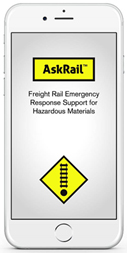
Ask Rail
AskRail is a FREE mobile application that provide immediate access to accurate, near real-time information about railcars carrying hazardous materials on a train. It serves emergency responders who arrive first to the scene of a railroad incident and helps them make informed decisions about how to respond to a rail incident.
AskRail allows emergency responders to:
Query the contents of a railcar with a simple Equipment ID search to see whether a railcar is carrying hazardous materials. Ask Rail returns the following information:
- Loaded or empty/residue status
- UN/NA identification numbers
- Proper Shipping Names
- DOT Hazard Class
- Railroad name and emergency contact information
AskRail will also provide line-of-road train consist information.
This is a tool all bona-fide emergency responders need to have. It is NOT available to the general public.
To learn more about the application refer to askrail.us
A copy of the AskRail user guide is available here
To request the app from Norfolk Southern, send an email to [email protected]. Do NOT send any other communication to this email address other than request to use the AskRail app
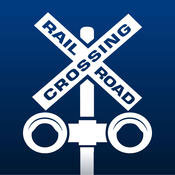
FRA Railroad Crossing Locator
The Crossing Locator was developed by the Federal Railroad Administration to provide users with access to the highway-rail grade crossing database and map features from a mobile device. The tool allows users to locate crossings by USDOT Crossing ID, address or geo-location; access inventory records submitted by states and railroads; and view accident history. Users can also select from multiple base map features and identify railroad crossings by special characteristics.
The information accessed in the mobile application is derived from the Safety Data website using information submitted by States and Railroads. While this is an effective tool, please use the ENS information and contact number during an emergency situation. The Crossing Locator App is currently available for Apple and Android Devices.
More information on the mobile application can be found at:
http://www.fra.dot.gov/eLib/details/L04641
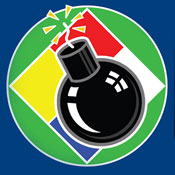
First Responder Support Tools (FiRST)
The First Responder Support Tools (FiRST) application(version 3.23 or higher) is designed to integrate with AskRail and gain access to additional emergency response functionality. You can use FiRST to: identify and share your location on a map; retrieve current weather conditions to determine wind direction and identify downwind hazard areas; plan roadblocks to isolate the area; identify isolation and evacuation distances that match the green pages in the DOT Emergency Response Guidebook.Used in conjunction with the FiRST Sharing Service, organizations can share incident GIS data across mobile, Windows PC, and browser-based systems. AskRail provides links to the FiRST application.
For more information, go to:
www.firstsupporttools.com.
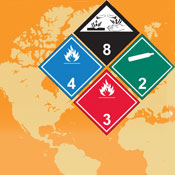
Emergency Response Guidebook
The U.S. Department of Transportation’s Pipeline and Hazardous Materials Safety Administration (PHMSA) has released a free, mobile app of its Emergency Response Guidebook 2012 (ERG). The ERG 2012 Mobile App was developed in partnership with the National Library of Medicine. The mobile ERG will make it easier for the nation’s emergency first responders to quickly locate the information they need to manage hazardous material transportation incidents. The updated 2012 version of the ERG includes new Initial Isolation and Protective Action Distance tables for large toxic gas spills and standard response procedures for gas and liquid pipeline incidents.
For additional information, go to:
http://phmsa.dot.gov/hazmat/library/erg
NS Railroad Emergency Response Planning Guide
The Norfolk Southern Emergency Response Planning Guide has been developed by Norfolk Southern Railway Company (Norfolk Southern) to assist local emergency response organizations in their efforts to plan for and respond to railway related incidents or emergencies. It is also designed to be utilized as a reference resource, and hand-out to supplement training programs presented by Norfolk Southern to the emergency response community.
Because this Guide is designed to augment the local response plan(s), it is purposely brief to cover only the key information that would be needed by planners and response organizations if an incident involving Norfolk Southern should occur. The Guide is subdivided into four main sections, addressing Prevention, Preparedness, Response, and Recognition & Identification. Appendices are included which contain other pertinent railroad information.
DownloadAAR Field Guide To Tank Cars
Field Guide to Tank Cars is intended to be used by emergency responders and others involved with railroad tank cars. It provides information on the types, safety systems, stenciling, and markings of tank cars utilized to transport regulated (hazardous materials/dangerous goods) and non-regulated commodities.
DownloadDOT Emergency Response Guide
The Emergency Response Guidebook contains general emergency response information for hazardous materials. To use the guides (orange bordered pages), you must know either the DOT 4-digit identification number (yellow bordered pages), the proper shipping name (blue bordered pages), or the placard affixed to the car. The Emergency Response Guidebook also
contains initial isolation and protective action distances (green bordered pages) for some commodities.
This guidebook will assist responders in making initial decisions upon arriving at the scene of a dangerous goods incident. It should not be considered as a substitute for emergency response training, knowledge or sound judgment. The 2012 ERG does not address all possible circumstances that may be associated with a dangerous goods incident. It is primarily designed for use at a dangerous goods incident occurring on a highway or railroad.
Note: See attached PDF DownloadPHMSA - Commodity Preparedness and Incident Management Reference Sheet – Petroleum Crude Oil
Developed in conjunction with experts from the hazmat emergency response community, railroads and industry, this document provides emergency response organizations with a standard incident management framework based on pre-incident planning and preparedness principles and best practices. The reference sheet covers transportation safety and precautions, hazard assessment and risk, rail safety procedures, logistics, and the tools, equipment and resources necessary to prepare for and respond to crude oil rail transportation incidents.
DownloadPHMSA - Lessons Learned Report on Crude Oil by Rail Emergency Response
In May 2014, in conjunction with the Virginia Department of Fire Programs, PHMSA hosted a “Lessons Learned” Roundtable forum that consisted of a panel of fire chiefs and emergency management officials from some of the jurisdictions that experienced a crude oil or ethanol rail transportation incident. The purpose of this forum was to share firsthand knowledge about their experiences responding to and managing these significant rail incidents.
DownloadChronology of DOT Actions on Safe Transportation of Flammable Liquids By Rail
PHMSA and FRA are committed to immediate and long-term solutions to prevent derailments involving flammable liquids and, in the event of a derailment, the consequences such an incident could have on individuals and communities. The PHMSA/FRA action plan includes unannounced spot inspections, sampling, and monitoring the movement and classification of crude oil within and out of oil fields throughout the U.S. In addition, we are engaging all stakeholders involved in shipping crude oil and other flammable liquids by rail to find common solutions to operational issues.
Visit phmsa.dot.govRailroad Emergency Numbers

Norfolk Southern
1 (800) 453-2530
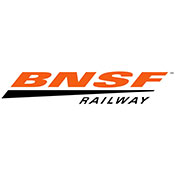
BNSF Railway
1 (800) 832-5452

Canadian National
1 (800) 465-9239

Canadian Pacific
1 (800) 716-9132
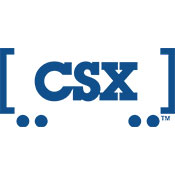
CSX
1 (800) 232-0144
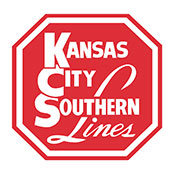
Kansas City Southern
1 (800) 892-6295

Union Pacific
1 (888) 877-7267
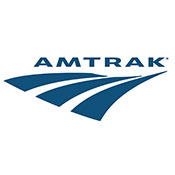
Amtrak
1 (800) 424-0217
US Contact Emergency Numbers
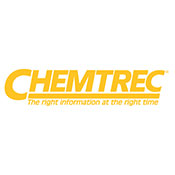
CHEMTREC
1-800-424-9300
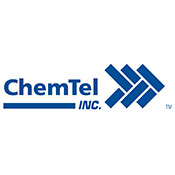
ChemTel Inc.
1-888-255-3924

Military Shipments
1-800-851-8061
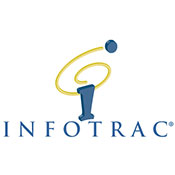
INFOTRAC
1-800-535-5053

3E Company
1-800-451-8346
Canadian Contact Emergency Numbers

CANUTEC
1-613-996-6666
Mexican Contact Emergency Numbers
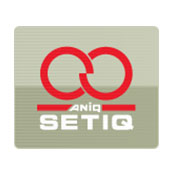
SETIQ
+52-55-5559-1588